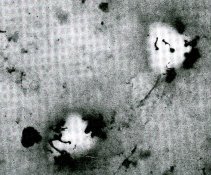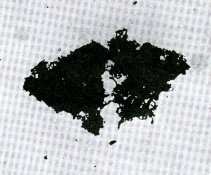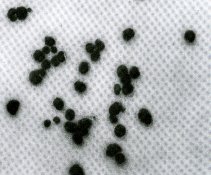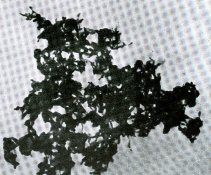Well, Ian, what is the use. I have given a whole thread full of posts with references and you have ignored the presented evidence. Why keep on? OTOH, you did ignore the quote I gave from one of your own posts earlier. You generally say that the reference is back in the UK. So, I don't keep giving repeated references, and you don't give them in the first place. Right?
No one in the profession has seen this nor reported it in any journal or text book! Those are my findings. Other references are apocryphal or circular, being given by eyeball observation or recursive each referring to the other rather than having original content.
What I have attempted to do here is provide original content, with references from 1921 - 2003 which illustrate the situation. So, show us an example. And remember that older products should show this problem more easily! So, the earlier works should have been more sensitive to this problem than current works!
PE
You forget the detailed article in Darkroom Techniques published in the mid 1980's which showed the effects quite clearly.
You've dismissed the writings of some of the worlds leading B&W Photographers in previous posts.
You've gone against your own acceptance that the issue occurs based on reports of other members of APUG (not including myself).
I've seen extreme grain clumping / micro reticulation first hand, never with my own films though, But I've seen enough films with excessive grain for no apparent reason to know it was once far more common.
I actually accept the evidence you've presented because it mirrors my own experience that excessive grain (grain clumping/micro reticulation) is not directly caused bychoice of developer/temperature/pH/dev time etc.
Where we differ is I go one step further which would be outside the research processing parameters (of your quoted examples) because I'm 100% sure that the excessive grain is caused by temperature changes that are outside the manufacturers recommendations.
Now why are those parameters recommended, simple - there are or may be issues if you transgress them.
Some times things are so obvious they aren't written about in research papers.
Lets state a few fact, most current films Kodak, Ilford & Fuji are so well hardened excessive grain or any type of reticulation is near impossible to achieve through process temperature changes.
But a few films are still susceptible. There's no way a manufacturer is going to admit that in anything published (even a research paper) unless they'd solved the problem.
You've given an explanation before about why Neopan 400 is susceptible, and there's reports of full reticulation and emulsion frilling. Tmax 400 is teh other major film with reported problems (by many people) and is teh one I've seen first hand.
I don't need to give references to something I've seen first hand, and discussed with leading photographers over a period of nearly 25 years. None I've spoken to doubt it happens.
And yes most of my books are still in storage, have been for 3 years now, and it's not easy to access them.
Ian









 . They improve film hardening instead.
. They improve film hardening instead.







